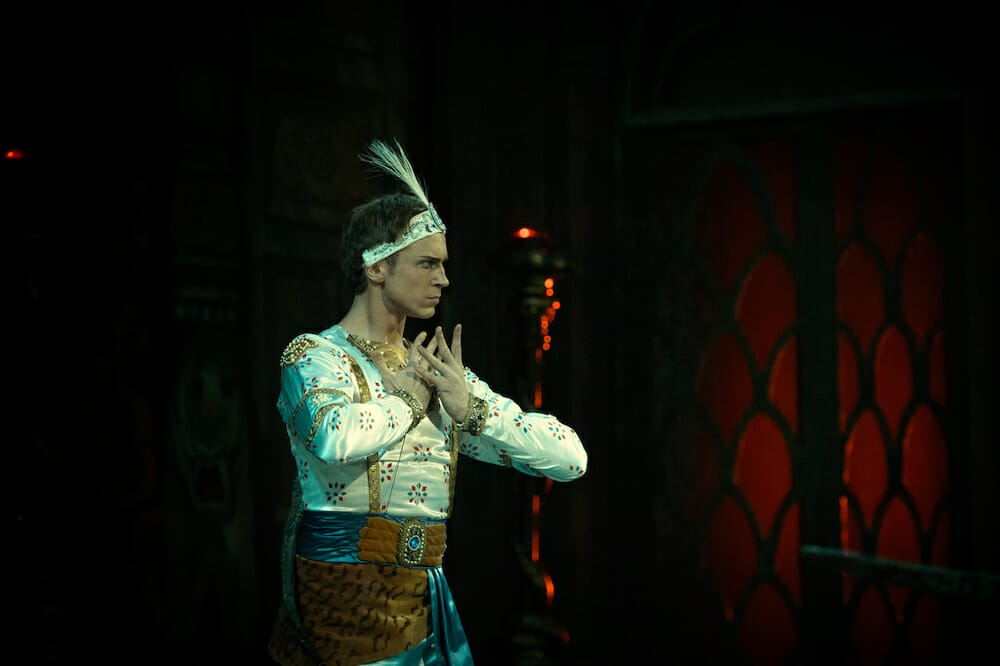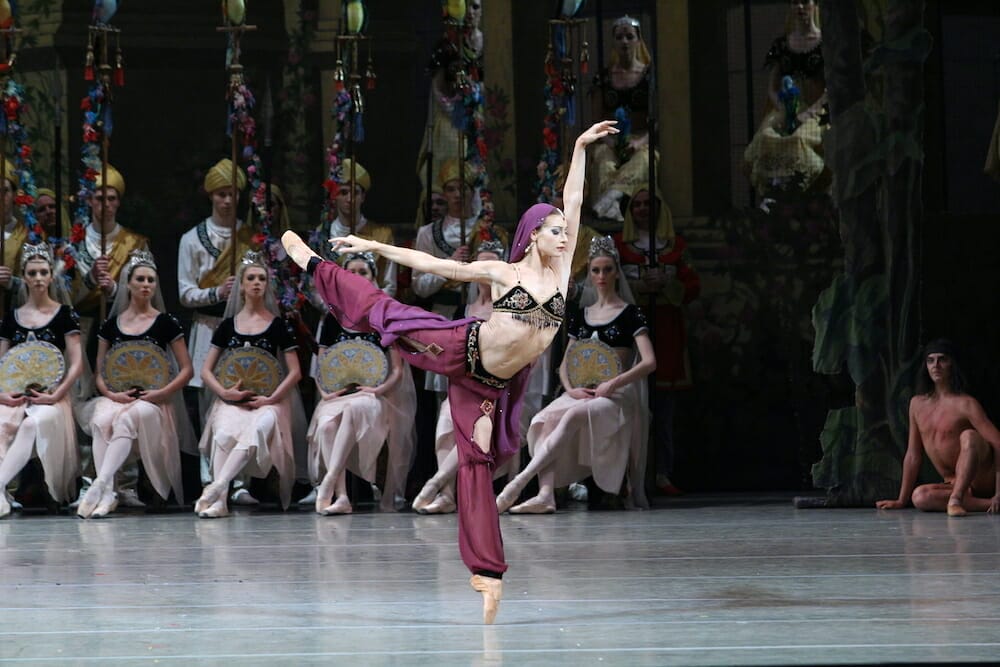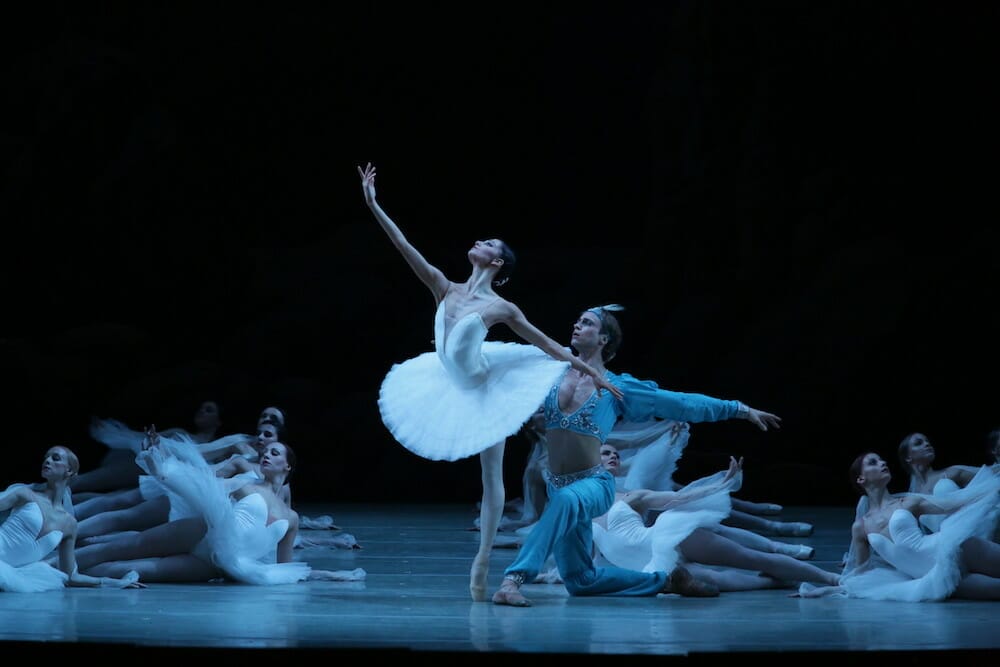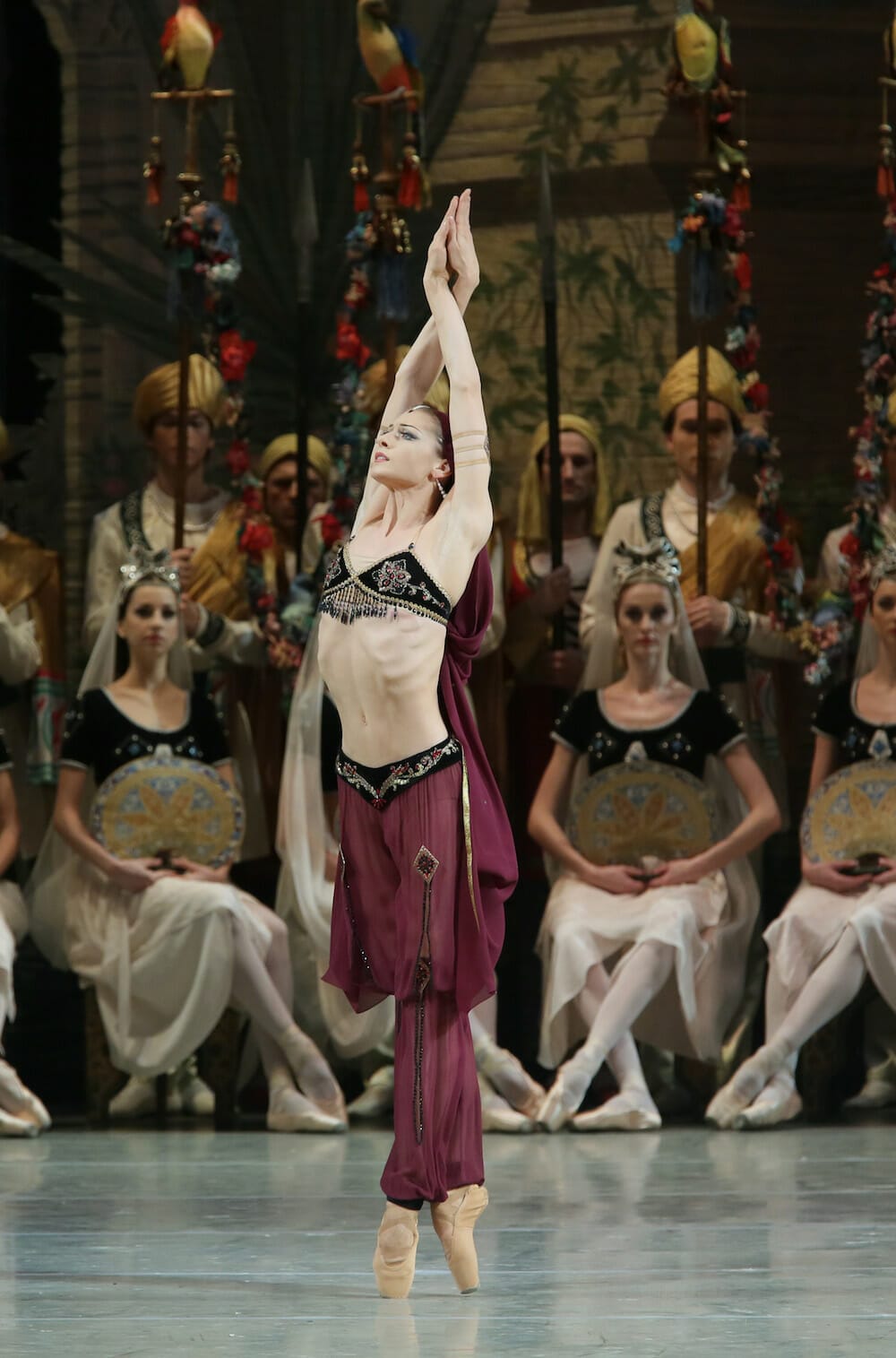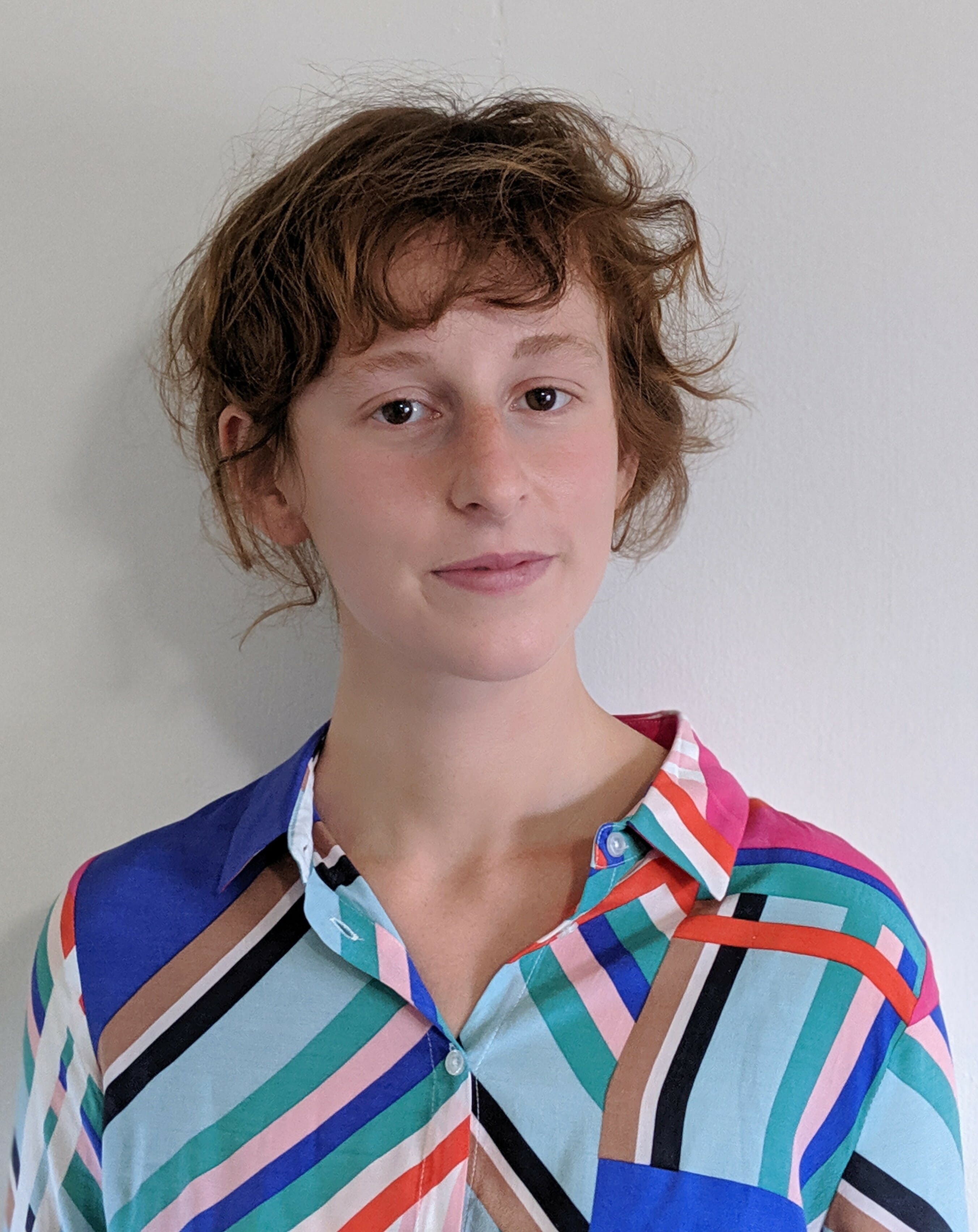Mariinsky Ballet and Orchestra’s Performance of LA BAYADÈRE fills the Cal Performances at UC Berkeley Audience with deep emotions – HIGHLY RECOMMENDED
The music emerges, spring-like, from beneath us. It seems to be unearthed, blooming slowly, pulled out by a capricious and invisible thread. Louder and louder, we are glued to our seats in anticipation for the curtain to rise. We do not yet know that we too will rise with it.
And then the front of the room is brilliantly illuminated. We come to rest our eyes on Solor (performed by Andrei Yermakov), the elegant warrior. We match his speed with our eyes; we breathe in the cadence of his first pas de deux with the beautiful Nikiya (Ekaterina Kondaurova). We rise with the Brahmin, and twirl ritualistically with the bayadères. In our seats, we run and jump with the pouncing, tortured fakir Magdayeva.
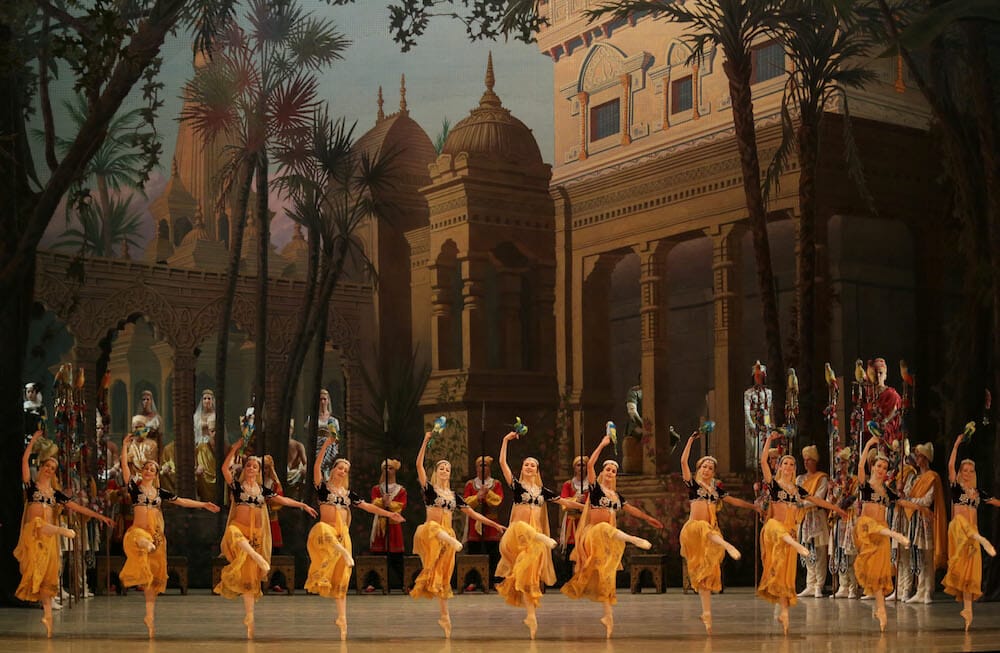
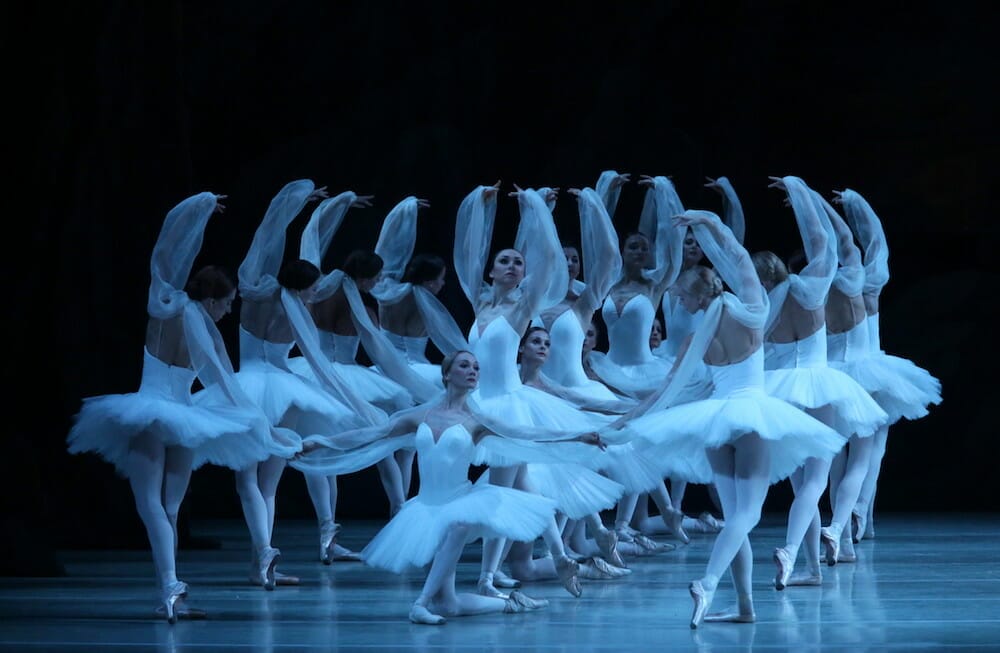
La Bayadère tells the story of the young temple dancer (bayadère) Nikia and the warrior Solor, who have sworn infinite fidelity to one another in the setting of a kingdom in South India. But the High Brahmin is in love with Nikia, and the King has betrothed his daughter Gamzatti to Solor, and both are trying to kill their opponents. Aided by the fakirs, the story twists and turns through their struggle to remain together.
At the end of the first scene, viewers shuffle and mumble as the curtain descends. We are enraptured in the first performance, alive with it, already gasping at our neighbors. A man in the row adjacent from me gestures grandly, then yells ---
“EVERYONE, STAY PUT!”
He silences us, but he has marked the character of mobility in the room—both on and off stage. We seem to have been pulled out of our seats, perhaps by the same invisible thread that seemed to hold Nikiya (Ekaterina Kondaurova), suspended, intoxicatingly, seconds before.
While the first scene was brilliant in its fluorescent white light, the following scenes are painted with golden hues. This evoked the romantic spirits of time past and future, joining them together as one. We are now full entrenched in the dreamscape of this ballet., which is accentuated in the cloud-like costuming and ethereally slow moving ritual objects that maneuver themselves between the dancers. Elaborate carriages, elephants, and decorative boxes move through the corps de ballet ensemble. Dancers sit atop these pieces, relaxed, floating.
It’s only the soft noise from the pointe shoes rises above the orchestra’s melody, reminding us that we are not quite in a dream; we are elsewhere. This small pattering focuses our attention anew on the fusion of movement, color, sound, and vision that is separate from the reality we left behind when we entered Zellerbach Hall.
This is a dreamscape where identity falls away. Everyone is drawn to this fusion; we all belong.
Cal Performances at UC Berkeley Hosts A Ballet Unifying Audience With Dancers
This feeling of unity is what this reviewer thinks is what defines the motion of the Hall, both on the stage and in the imagination of the audience. The dancers play with their emotions fearlessly. At one point, we feel Gamzatti’s rage in the rigidness of her tutu against the softness of all of the other dresses. The rhythm of the harp matches the sparkling of Nikiya’s skirt. We fully absorb her anger.
The score led by Alexei Repnikov’s Mariinsky Orchestra is stunning. We feel it both fill and lead the footprints to the air. You too may concur that it is the refinement and poise in which these techniques are pulled off that is what defines this performance of this centuries-old ballet as superlative. This ballet was created for the Mariinsky over 140 years ago. As the corps de ballet performs its famed dance --Kingdom of Shades-- we could sense the grandness of the historic ballet repertoire.
La Bayadere’s themes --death and rebirth, the mingling of spirits and mortals in and out of dreams, of love celebrated, exhibited, and forbidden—seemed to overtake all in Zellerbach Hall. The end of the performance brought on almost terrifying applause, and repeated standing ovations. One could hear crying. One could hear laughing. One could sense fear. The hall was electrified. It was excruciating to step outside.
Mariinsky Ballet and Orchestra’s performance of this classic ballet, La Bayadère, will likely have strong appeal to any and all interested in the ballet dance genre—from neophytes to those who have seen other performances of this same ballet dozens of times.
HIGHLY RECOMMENDED
Mariinsky Ballet & Orchestra of the Mariinsky Theatre
St. Petersburg, Russia
Valery Gergiev, artistic and general director
Yury Fateev, acting ballet director
Alexei Repnikov, conductor
Creative Team:
Choreography by Marius Petipa (1877)
Revised choreography by Vladimir Ponomarev and Vakhtang Chabukiani (1941) with dances by Konstantin Sergeyev and Nikolai Zubkovsky
Libretto by Marius Petipa and Sergei Khudekov
Set design by Mikhail Shishliannikov after Adolf Kvapp, Konstantin Ivanov, Pyotr Lambin, and Orest Allegri
Costumes by Yevgeny Ponomarev
Lighting design by Mikhail Shishliannikov
Cast:
Principals - Ekaterina Kondaurova, Kimin Kim, Vladimir Shklyarov, Andrei Yermakov
First Soloists - Nadezhda Batoeva, Maria Khoreva, Olesya Novikova, Renata Shakirova Philipp Stepin, Konstantin Zverev
Second Soloists - Yekaterina Chebykina, Anastasia Lukina, May Nagahisa, Anastasia Nuikina, Yana Selina, Maria Shirinkina Roman Belyakov, David Zaleyev
Principal Character Artists - Soslan Kulaev, Andrei Yakovlev
Coryphées - Yuliana Chereshkevich, Shamala Guseinova, Svetlana Ivanova, Anastasia Petushkova ,Vasily Shcherbakov
Corps de Ballet - Anastasia Asaben, Vlada Borodulina, Maria Bulanova, Anastasia Demidova, Nadezhda Dvurechenskaya, Xenia Fateyeva, Laura Fernandez, Salomé Figueiredo de Santana, Margarita Frolova, Tamara Gimadieva, Olga Gromova, Maria Iliushkina, Daria Ionova, Alexandra Khiteeva,
Lira Khuslamova, Alina Krasovskaya, Elizaveta Kulikova, Alexandra Lampika, Maria Lebedeva, Biborka Lendvai, Anastasia Mikheikina, Olga Minina, Alexandra Popova, Anastasia Remkevich, Svetlana Savelieva, Marina Teterina, Lea Thomasson, Anastasia Tkachenko, Svetlana Tychina, Anastasia Yaromenko, Andrei Arseniev, Alexei Atamanov, Rustam Azizov, Yaroslav Baibordin, Alexander Beloborodov, Oleg Demchenko, Yevgeny Deryabin, Alexander Fyodorov, Vyacheslav Gnedchik, Artemy Ibrianov, Oleg Ignatiev, Maxim Izmestiev, Artyom Kellerman, Nail Khairnasov, Nikita Kopunov, Nikita Korneyev, Trofim Malanov, Roman Malyshev, Pavel Mikheyev, Pavel Ostapenko, Yaroslav Pushkov, Yaroslav Ryzhov, Vladislav Shumakov, Nail Yenikeyev
When:
Friday, November 1 at 8pm
Saturday, November 2 at 1pm and 8pm
Sunday, November 3 at 3pm
Where:
Zellerbach Hall
Bancroft Way at Dana Street
UC Berkeley
Tickets:
$50+
(Half-price tickets are available for UC Berkeley students)
For more information and tickets visit the Cal Performances website ,call (510) 642-9988 or visit the Zellerbach Hall ticket office in person.
Photos: Natasha Razina
About the Author:
Theressa Malone is a writer and editor based in San Francisco, CA, currently working for the Berkeley Review of Fiction. Born and raised in a tiny sheep-village in New Zealand, she is deeply interested in postcolonial literature and theory as it pertains to the constant fluctuations on that Island. When she's not writing, you can find her reading.
She recently graduated from UC Berkeley with a degree in Comparative Literature, German Language, and Rhetoric.

